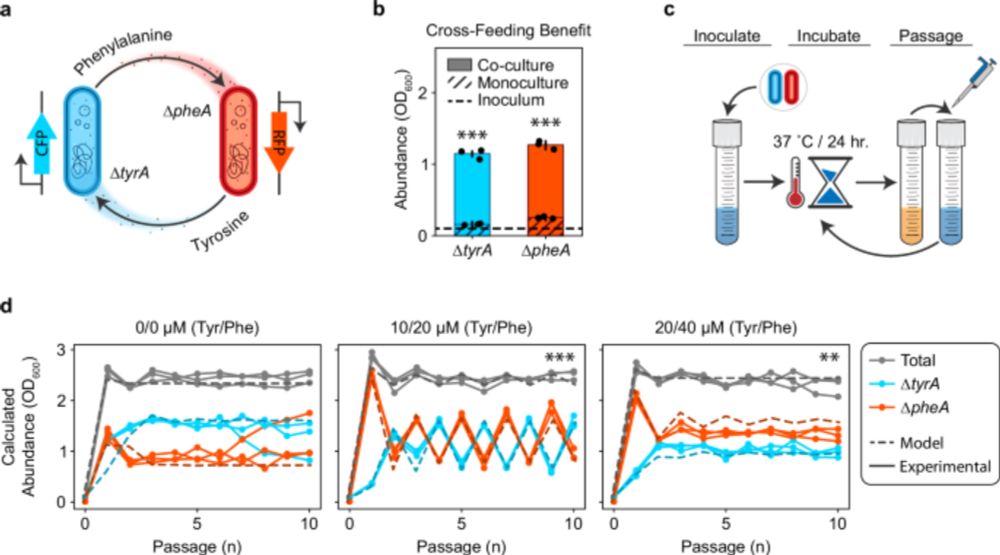STCmicrobeblog
@stcmicrobeblog.bsky.social
4.1K followers
920 following
3.6K posts
A blog that aims to share appreciation for the width & depth of microbial activities.
Posts by Christoph, not necessarily the opinion of all team members of Small Things Considered (STC) https://schaechter.asmblog.org/schaechter/
Posts
Media
Videos
Starter Packs
Reposted by STCmicrobeblog
















